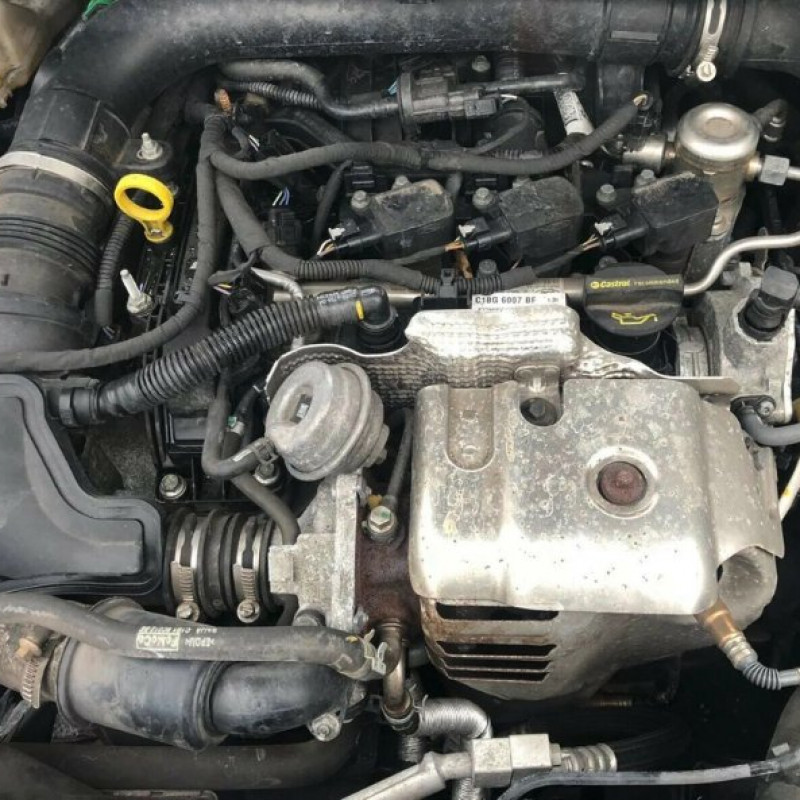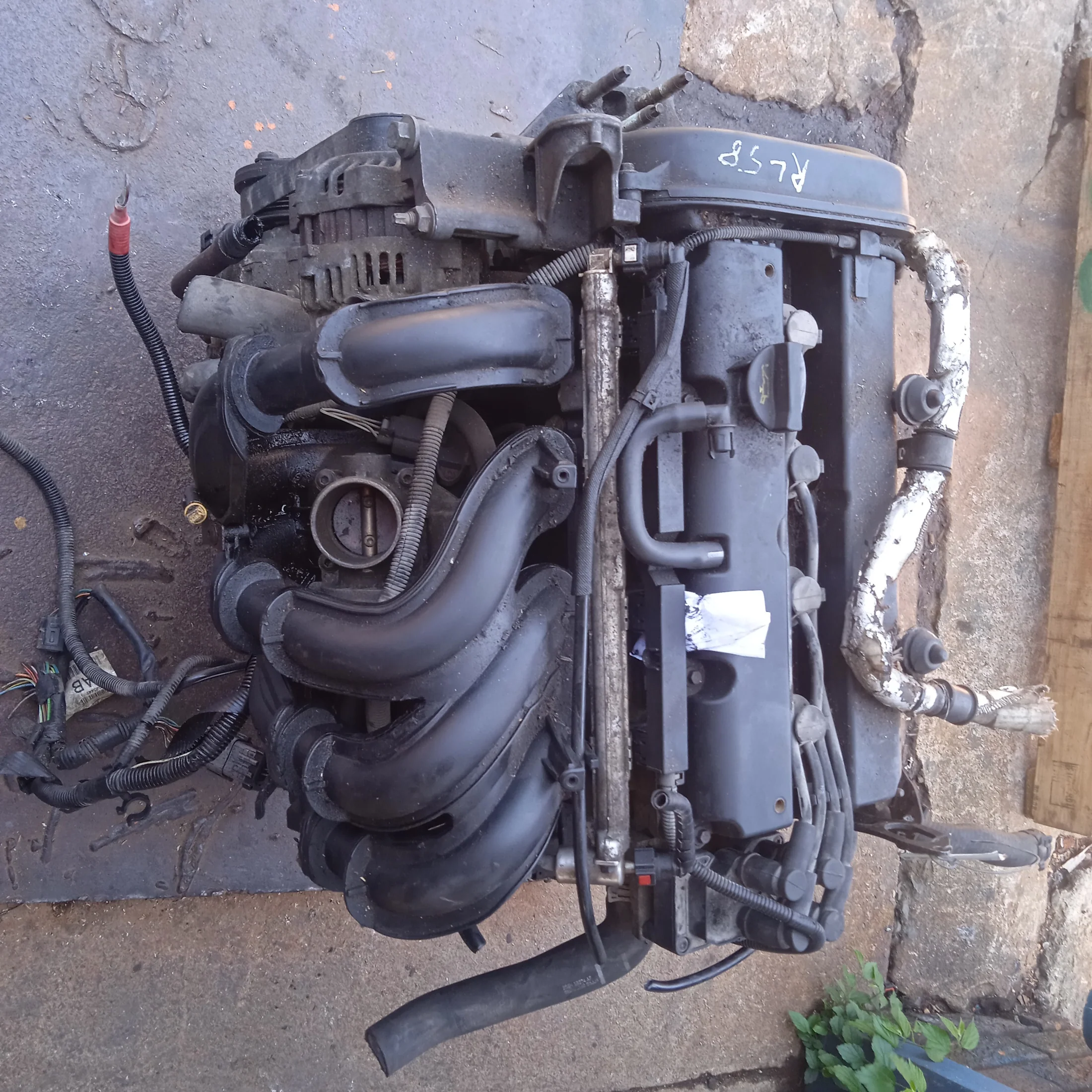What to Look for When Buying a Used Ford Fiesta Engine
What to Look for When Buying a Used Ford Fiesta Engine
Blog Article
Checking Out the Development of Engines: From Timeless Layouts to Modern Marvels
From the preliminary vapor engines that powered the Industrial Revolution to the introduction of internal burning engines that transformed wheelchair, each phase has actually contributed to better efficiency and capacity. As we take a look at these milestones, one have to think about how the future of engine style might unfold, challenging our assumptions of power and efficiency.
The Birth of Engine Modern Technology
The introduction of engine modern technology marked a turning point in human development, changing energy conversion and transport. The earliest engines arised from the need to harness mechanical power for functional usage, causing the growth of gadgets that transformed numerous energy types right into motion. The concept of the engine can be mapped back to ancient people, where simple devices, such as the waterwheel and windmill, used natural pressures to carry out work. It was during the late 17th and very early 18th centuries that considerable developments started to appear.
The growth of the interior burning engine and the innovation of the steam engine militarized an extensive change in commercial capabilities. These engines not only enhanced performance but likewise increased the range of human wheelchair, enabling unmatched transportation opportunities. The early prototypes prepared for the mechanized globe, facilitating the rise of markets and reshaping societal structures.
As engine styles advanced, they incorporated cutting-edge products and advanced design concepts, leading the means for contemporary growths - ford fiesta engine. The birth of engine innovation ignited a ruthless quest of performance and power, establishing the stage for the vibrant development of transportation and commercial equipment that would comply with
Vapor Engines and Their Impact

The heavy steam engine's impact was specifically noticeable in the transportation market (ford fiesta engine). Steam-powered locomotives facilitated the fast activity of goods and people across large distances, efficiently reducing the geographical obstacles that had formerly impeded trade and interaction. Steamships transformed marine travel, allowing for quicker and more dependable crossings of oceans and rivers.
In industry, heavy steam engines powered factories, making it possible for automation and the surge of city facilities as hubs of economic task. This change not only altered labor dynamics however also added to the appearance of a consumer-driven culture. Furthermore, vapor technology cultivated advancements in design and production processes, laying the foundation for future advancements in engine design. The heritage of steam engines is profound, mirroring a critical minute in human resourcefulness and the unrelenting pursuit of development.
The Increase of Inner Combustion
Often eclipsing vapor power, the rise of internal combustion engines marked a transformative shift in transportation and industry during the late 19th and early 20th centuries. The development of these engines, identified by their capacity to burn gas within the engine itself, allowed higher efficiency and power compared to conventional vapor engines. Introducing developers such as Nikolaus Otto and Rudolf Diesel played vital duties in refining engine designs, resulting in widespread fostering in cars, boats, and commercial equipment.
The inner burning engine's compact size and relatively light-weight nature assisted in the development of individual cars, transforming specific mobility and improving metropolitan landscapes. By enabling faster travel and the reliable transport of items, these engines militarized financial growth and cultivated globalization. The flexibility of gas choices, consisting of fuel and diesel, additionally boosted their appeal, permitting diverse applications across various markets.
Despite the environmental problems that would later on arise, the first allure of interior burning modern technology lay in its transformative possibility. As culture welcomed this advancement, the foundation was laid for modern-day transportation systems, establishing inner combustion engines as a keystone of industrial improvement and day-to-day live throughout the 20th century.
Advancements in Engine Efficiency
As inner combustion engines became essential to transport and market, the focus moved in the direction of improving their effectiveness to meet growing demands for performance website link and sustainability. Advancements in engine design, product science, and technology have actually substantially added to this evolution.
One significant advancement is the development of turbocharging, which allows for raised air consumption, leading to more total gas combustion and enhanced power output without enlarging engine size. In addition, variable valve timing systems have been executed to enhance engine efficiency across numerous RPM arrays, consequently improving gas efficiency.
The use of sophisticated fuel injection technologies, such as straight injection, has likewise played a critical role. This method allows for more accurate control over the fuel-air mixture, advertising better combustion and minimizing emissions. Moreover, lightweight products, consisting of aluminum and composite components, have actually been embraced to minimize total engine weight, leading to improved efficiency.
These advancements reflect a broader pattern within the auto market, where the harmony in between engineering technology and ecological factors to consider drives the continuous pursuit for higher effectiveness in internal burning engines. Consequently, contemporary engines are now extra powerful, cleaner, and efficient than ever, leading the way for a more sustainable future in transportation.
The Shift to Electric Power
With expanding worries over ecological influence and fossil gas dependence, the auto industry is experiencing a substantial change in the direction of electric power. This shift is driven by a mix of technical advancements, governing stress, and changing customer preferences. Electric lorries (EVs) use an engaging alternative to standard inner combustion engines, flaunting decreased greenhouse gas discharges and lower operating prices.
The rise of battery technology has actually been a video game changer, with lithium-ion batteries ending up being extra affordable and effective. Improved power thickness and faster charging capacities have actually made EVs much more practical for everyday use. Governments worldwide are executing motivations and setting ambitious targets for phasing out fossil fuel cars, thus accelerating the fostering of electrical power.
As charging facilities expands and battery modern technology continues to enhance, the shift to electric power is poised to reshape the auto landscape, advertising sustainability and innovation in the years to come. The future of transport is electric, and the momentum is indisputable.
Conclusion
The advancement of engine innovation stands for a considerable trajectory of advancement that has actually exceptionally affected transportation and market. From the fundamental vapor engines to the transformative inner burning engines, each growth has contributed to boosted movement and financial growth.

Report this page